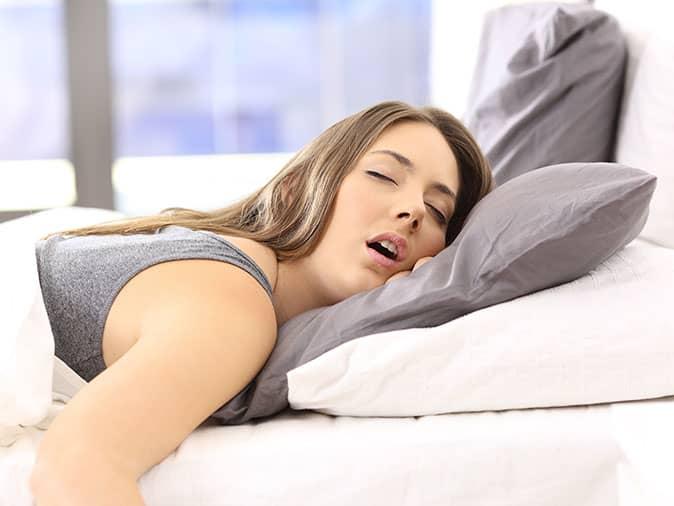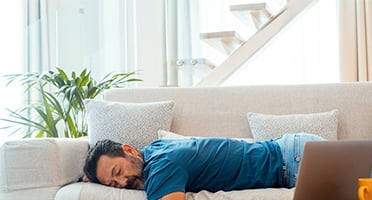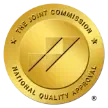One thing many people fear when they worry about sleep apnea is sleep apnea surgery. Rightly so, undergoing surgery for anything is a bit scary. However, sleep apnea surgery isn’t usually necessary because other, less invasive treatments work better. There are two main types of sleep apnea surgery:
Traditional Sleep Apnea Surgery: Several types of sleep apnea surgery fall under this category. This surgery involves either un-attaching and reattaching tissues, removing tissues, inserting tubes or rods, or shrinking tissues. Traditional sleep apnea surgery isn’t recommended often because it’s not always a long-term solution as tissues can regrow, and scar tissue can block your airway, too.
Inspire Device: The Inspire Device is a surgically inserted stimulation device that monitors your breathing. Breathing in sends a small, painless electrical pulse to the nerve that controls your tongue. This pulse moves your tongue slightly forward and out of the way so oxygen can pass through your airway.
Sleep apnea surgery is reserved for those with severe sleep apnea who can’t be treated or can’t tolerate less invasive methods. The chances are that your doctor won’t suggest sleep apnea surgery.

Sleep Apnea Treatment Alternatives To Surgery
Other sleep apnea treatments can take the place of surgery and are a more effective and permanent solution.
CPAP
A continuous Positive Airway Pressure machine (CPAP) is the most common treatment for sleep apnea. It is 100% effective when used 100% of the time you sleep and can treat mild to severe obstructive, central, and complex sleep apnea.
It’s a mask that you wear over your nose or mouth (or both depending on the severity of your sleep apnea) connected to a tube that runs to a machine. The machine supplies a constant stream of oxygen into your airway. The air pressure holds your airway open and stimulates your lungs to breathe.
Oral Appliance Therapy
Oral appliance therapy is an alternative to sleep apnea surgery and CPAP. It’s for mild to moderate obstructive sleep apnea and doesn’t require a machine, tubes, or a mask. Your oral appliance is a small orthotic that you wear whenever you sleep. It’s the size of a mouthguard, but it isn’t meant to protect your teeth. It repositions your jaw forward, so there is enough room in your airway for oxygen to pass through.
You can take your oral appliance with you anywhere in your pocket and pop it in whenever you sleep without needing electricity or distilled water as you do with a CPAP. Many patients prefer this sleep apnea treatment because it’s comfortable, easier to adhere to than CPAP, and highly effective. If you worry about sleep apnea, take our sleep quiz.
But before you can receive treatment, you’ll need to obtain a diagnosis which can only be given with a sleep study. SleepTest.com offers convenient at-home sleep studies that you can complete in only two nights.
Three Steps to Getting Sleep Apnea Treatment
Many people dislike getting a lab test because they feel uncomfortable being watched, and the environment isn’t as comfortable as their own bed. At-home sleep studies are easy to use, convenient, and done from your own bed without someone watching you.
Getting sleep apnea treatment begins with an at-home sleep test.
Step 1: Get an at-home Sleep Study
Order your sleep study from SleepTest.com. We’ll send the test right to your door, and you’ll send it back to us when you’ve completed the test. We use an online portal system that connects you to your sleep doctor so you can ask questions at any time. You can go through your insurance with our complimentary benefits check, or pay out of pocket.
Step 2: Take the Sleep Test
Your test comes to your door with simple instructions. It has a finger monitor, chest belt, nasal tubes, an effort sensor, and an oximeter. You’ll wear the test for two consecutive nights, and the test will record your sleep data. Instead of recording your sleep cycles like a SmartWatch, the sleep test records your blood oxygen levels, breathing effort, snoring, and heart rate. The combination of this data will tell our sleep doctors how you sleep so they can provide you with a sleep apnea diagnosis or clear you of it.
Step 3: Obtain a Diagnosis
After you send your sleep study back to us, you’ll receive a letter of necessity in a few days if you’re found to have sleep apnea. You’ll have a telemedicine visit with your sleep doctor and discuss treatment options. Depending on the severity of your sleep apnea, they’ll recommend either a CPAP or Oral Appliance Therapy—as we said, surgery is a last resort.
SleepTest.com Offers Easy-to-Use At-Home Sleep Studies
If you think you might have sleep apnea, order your at-home sleep test from SleepTest.com. Our customers find our service easy to use, and they can treat their sleep apnea without a large disruption in their daily lives. Don’t wait out of fear; order your test today.

Feeling tired all the time, even after a full night’s sleep? You might be suffering from sleep apnea. Discover how an at-home sleep test can help diagnose the root cause of your fatigue—and get you back to feeling like yourself.

Spring is here—and so is the pollen. For the millions dealing with seasonal allergies, the symptoms can be more than just annoying. And if you also have sleep apnea, those stuffy nights and restless sleep can get even worse.
Let’s take a closer look at how spring allergies and sleep apnea affect each other—and what steps you can take to sleep more comfortably.




